Visit the ancient city of Sigiriya
One of Sri Lanka's seven World Heritage Sites, this rock-topped fortress dates back to the 5th century AD. During its heyday,SigiriyaOnce a royal palace, it later became a Buddhist monastery.
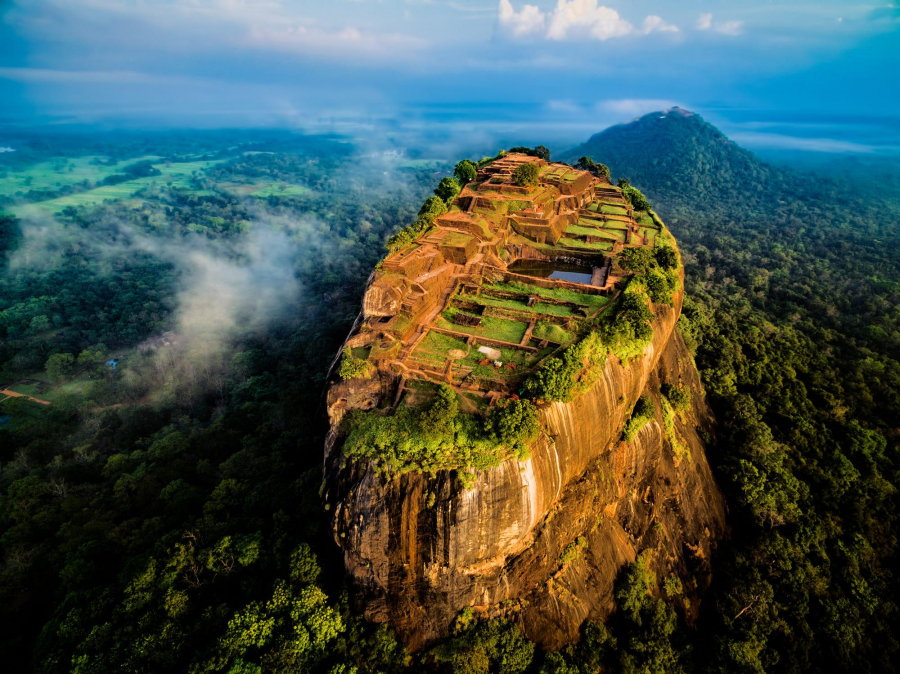




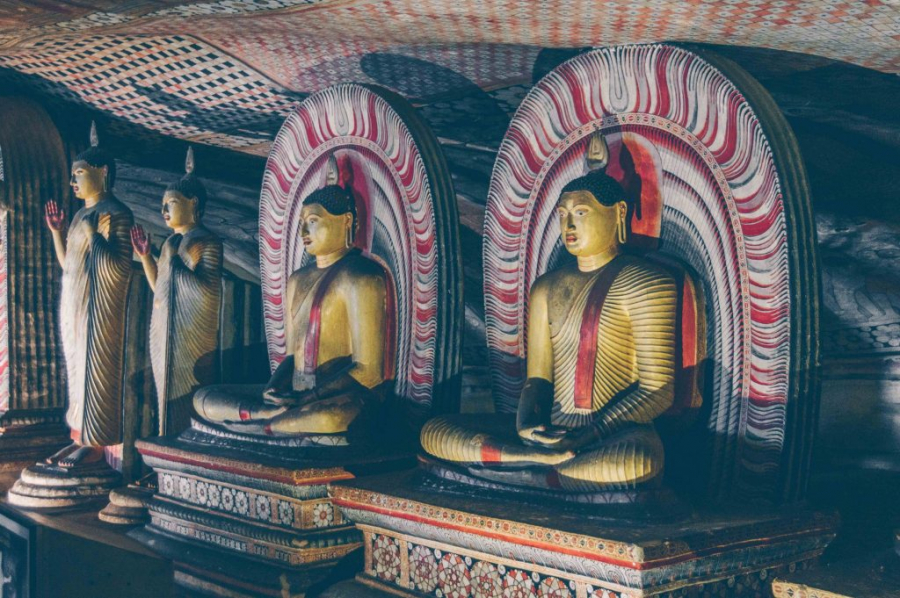
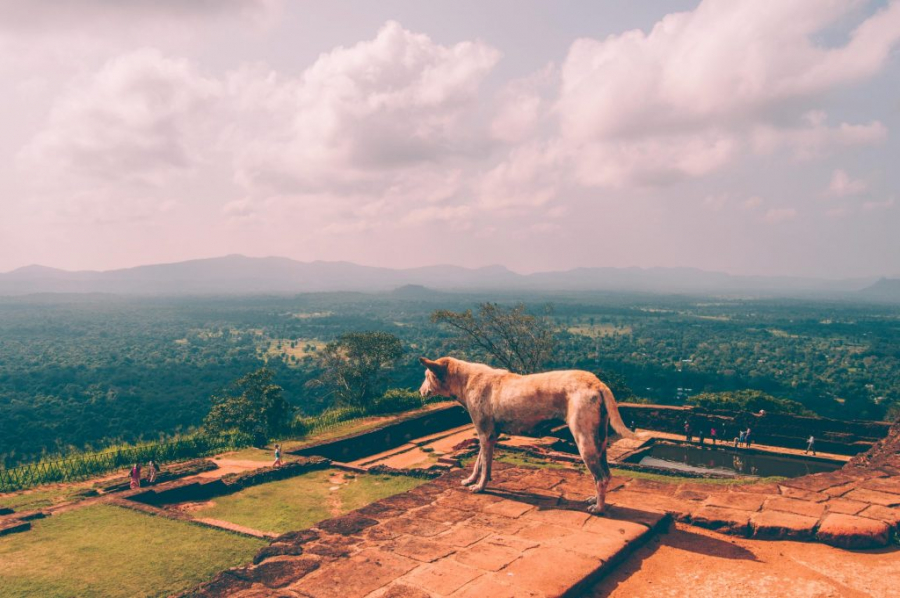
The area is also considered one of the most important urban planning projects of the first millennium, and is home to some of the oldest landscapes in the world.
Watching wild elephants
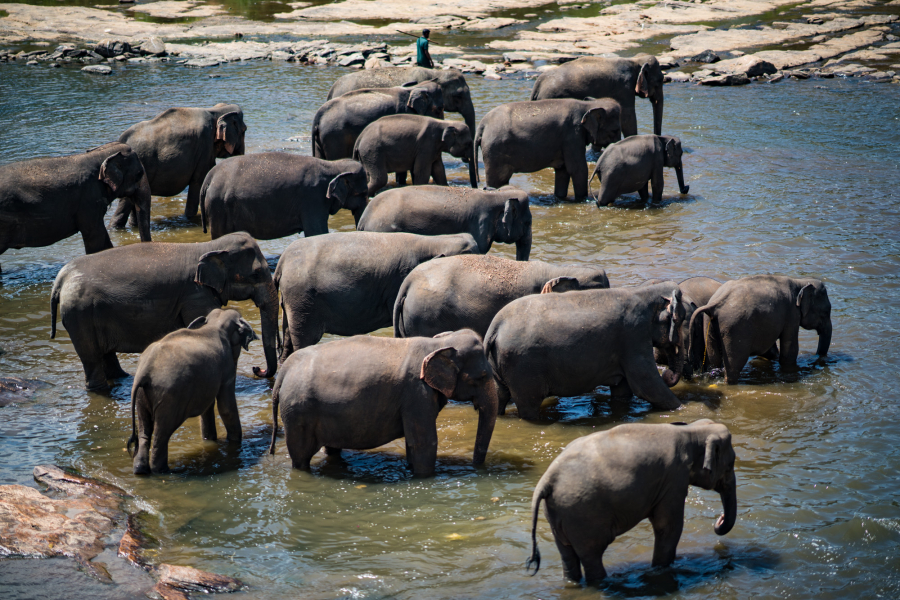

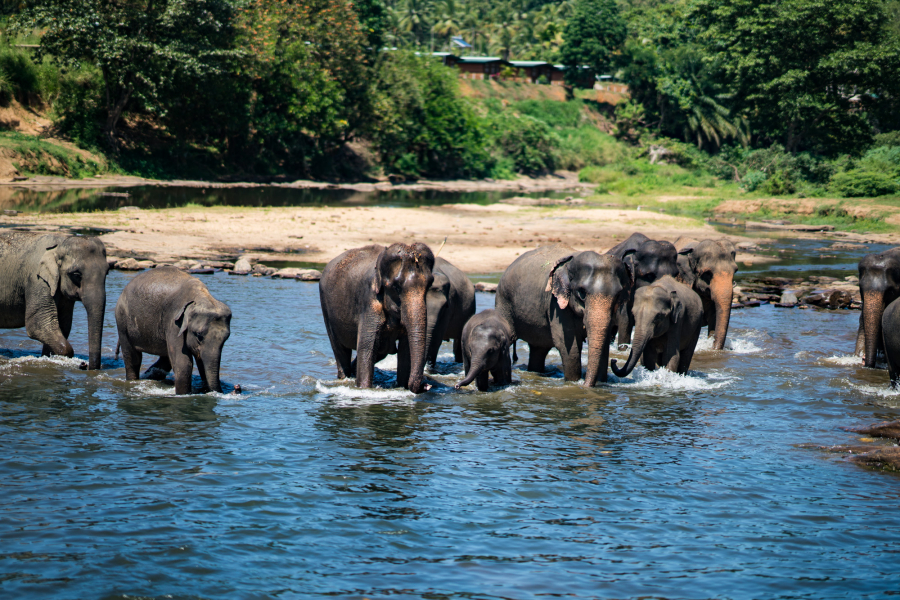
Wild elephants in Pinnawala
You'll see elephants everywhere you go in Sri Lanka: working on a plantation, kept wild in national parks, and even leading the Esala Peraha parades in Kandy.
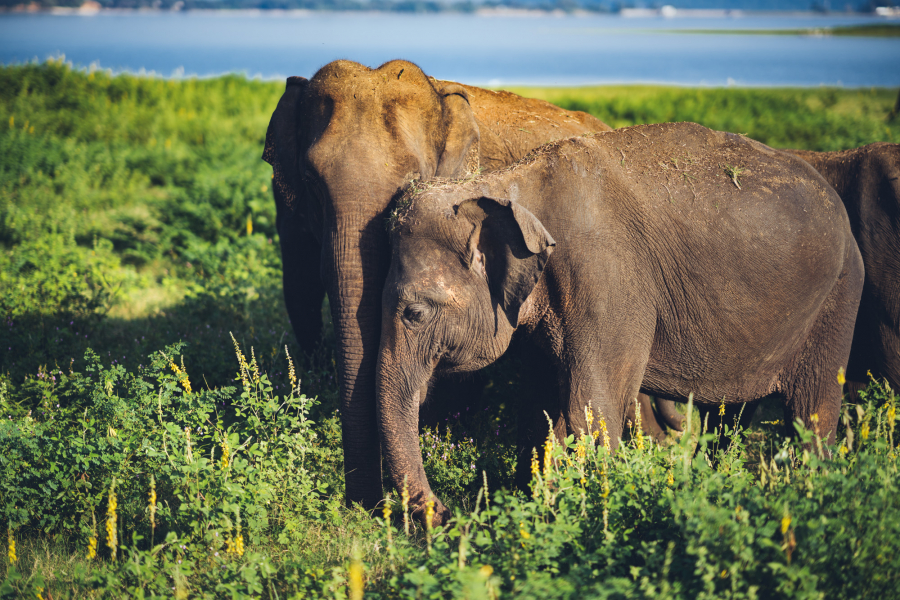

Elephants at Minneriya Park
Uda Walawe National Park is the perfect place to see the many elephants that live here. Created to protect the watershed of Uda Walawe Reservoir, the park is home to over 400 species of pachyderms such as elephants, rhinos... and has many stretches of grasslands and riverine forests. It is also considered the best place to see birds in Sri Lanka.
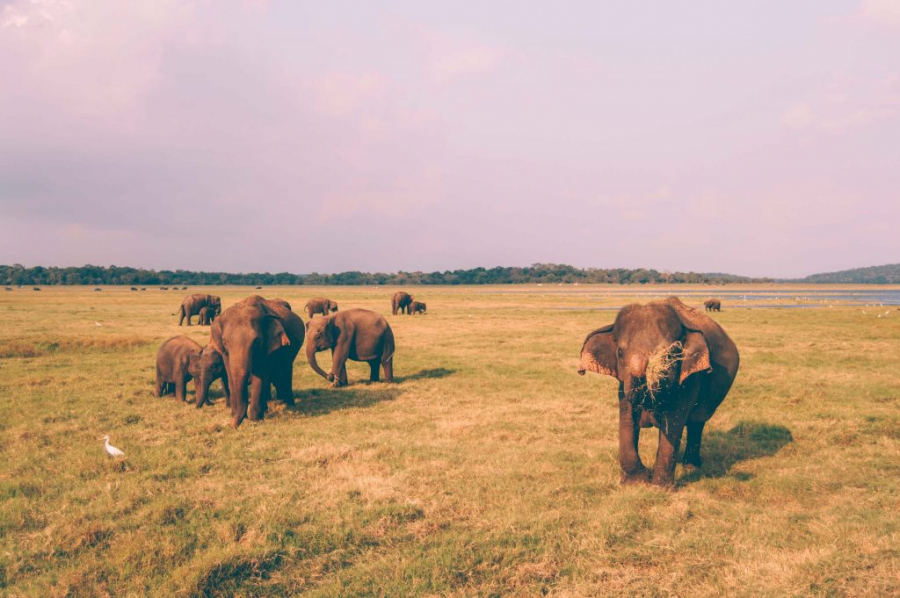
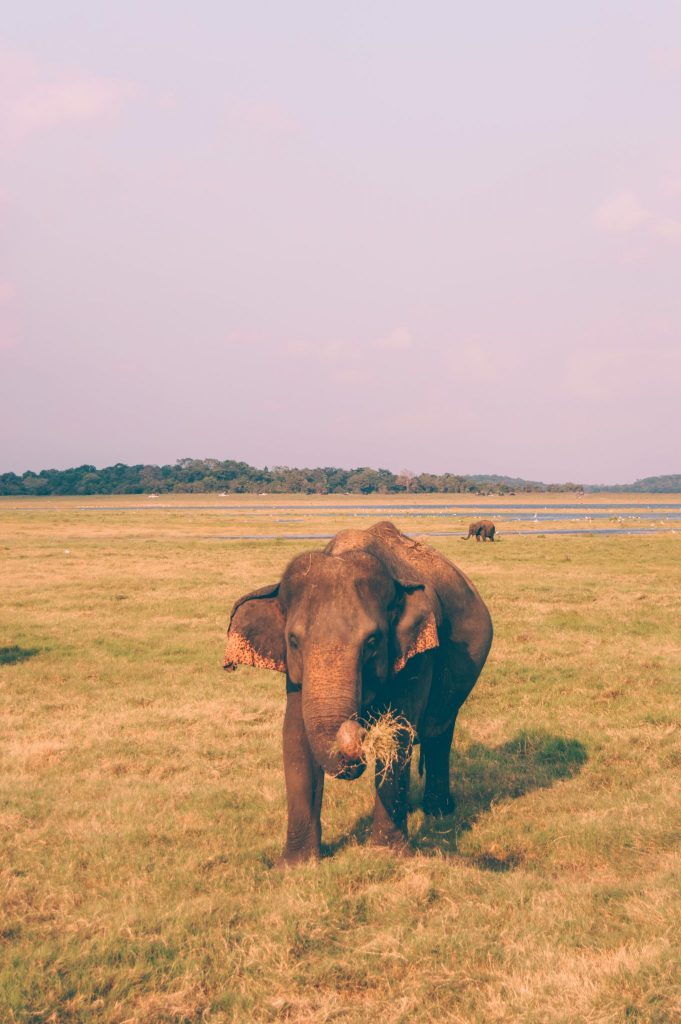
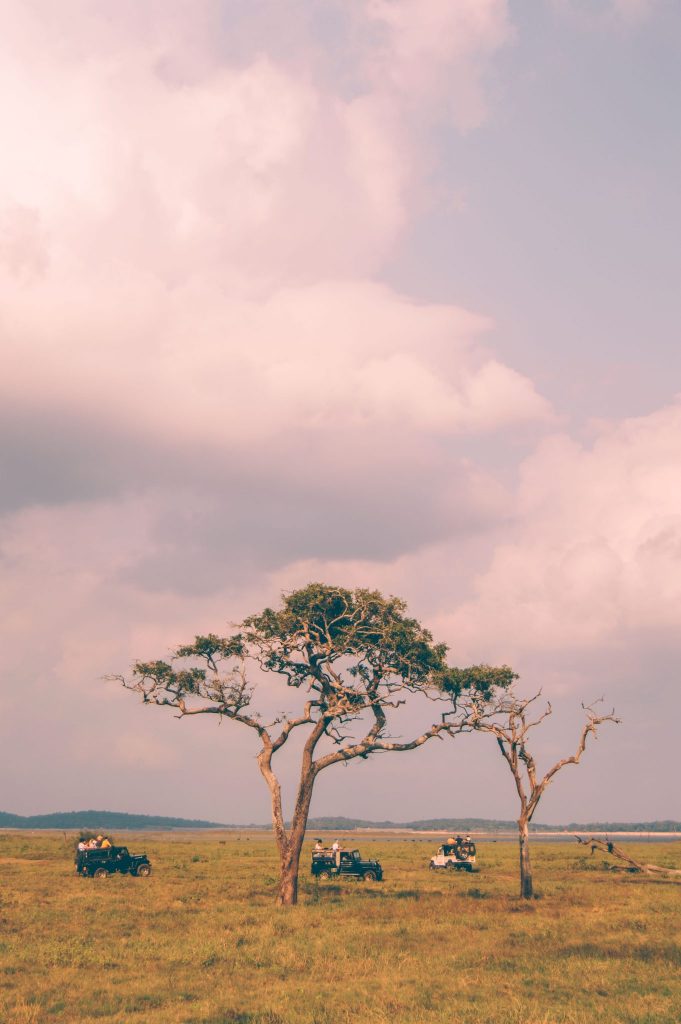
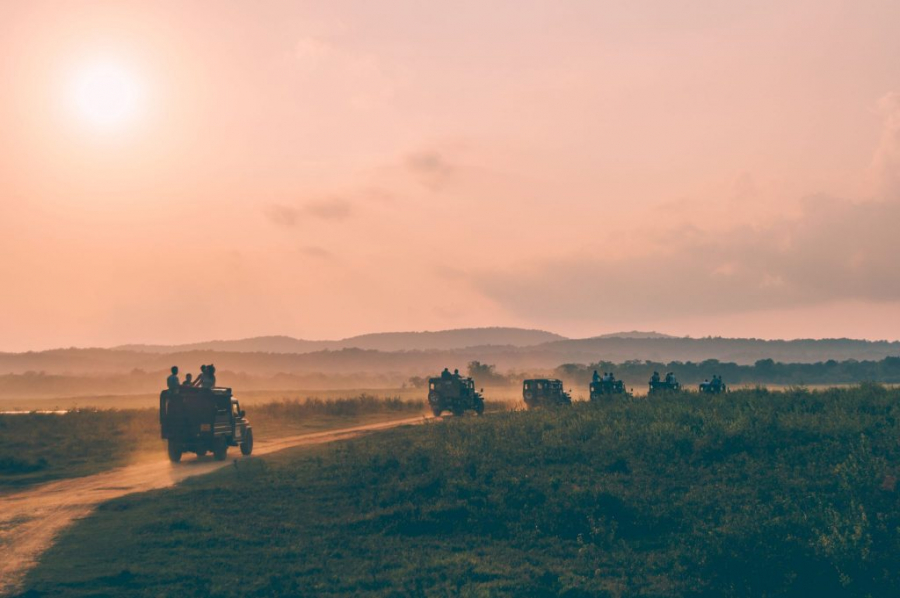
Uda Walawe National Park
Visit a tea plantation in Nuwara Eliya
The cool, fresh climate of Nuwara Eliya highlands is the center of Sri Lanka's tea industry. Nuwara Eliya means "city on the plain" or "city of light". As the fourth largest tea producer in the world, Sri Lanka has numerous large tea plantations, most of which are located in Nuwara Eliya. At an altitude of 2,000 m above sea level, the cool, temperate climate is very suitable for Sri Lankan people to take care of and produce excellent tea buds.
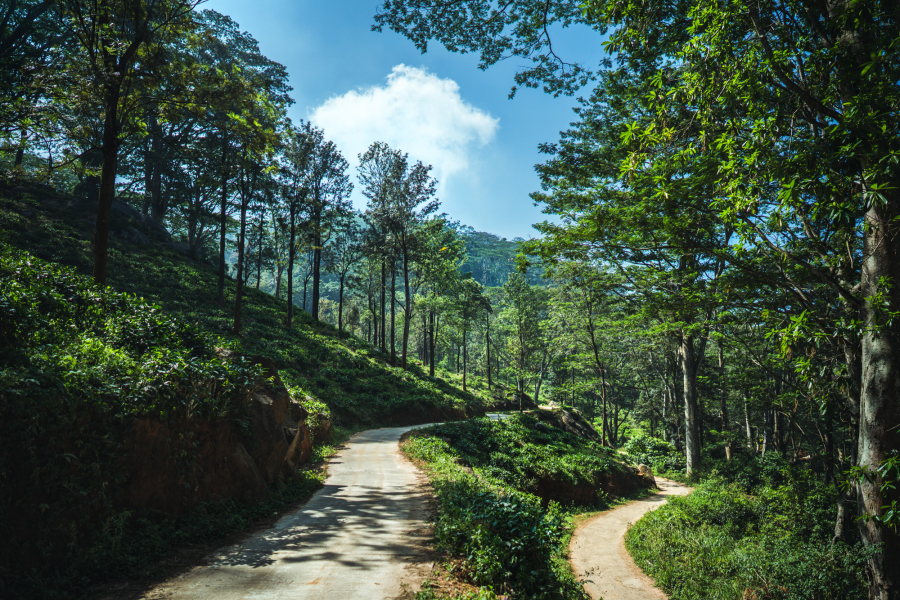
The road up to the tea hills in Kandy
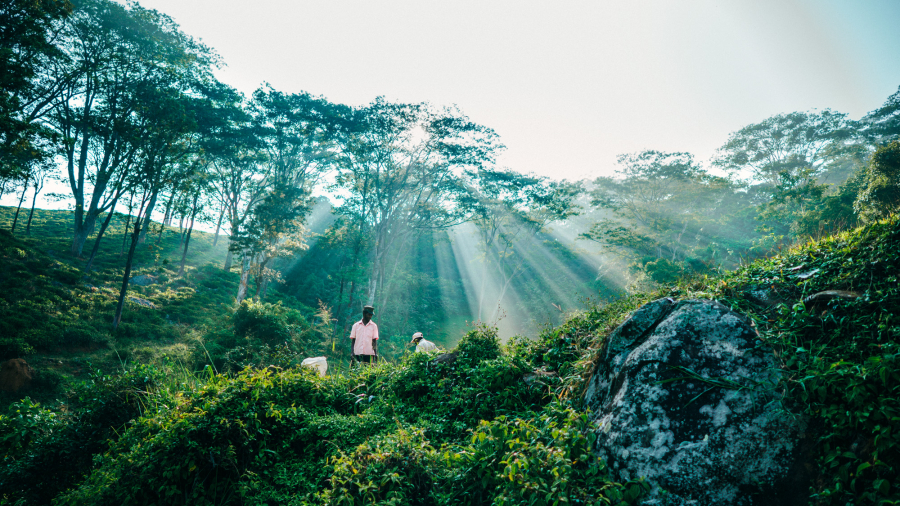
Tea picking in Kandy
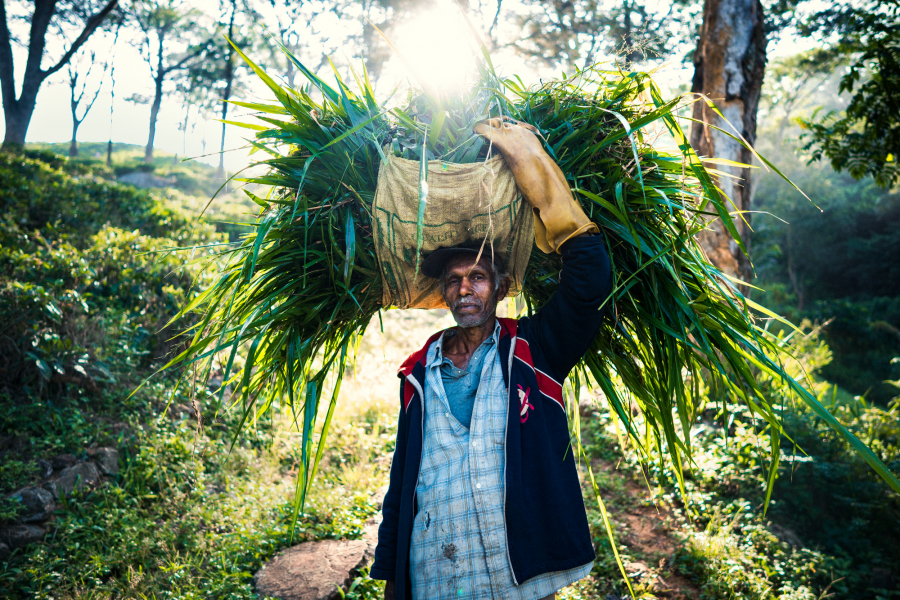
A farmer in Kandy harvests tea.
For tea lovers, Nuwara Eliya is a must-visit destination. Here, you can tour the tea plantations, watch the locals pick tea at work, and buy some to take home. The Haputale Hill Country is where Sir Thomas Lipton built his Lipton tea empire. Get up early to see the mist-shrouded tea hills.

Sunset on the tea hills
A beautiful destination for tourists when exploring Nuwara Eliya is Adam's Peak, a 2,243 m high cone-shaped mountain, famous for Sri Pada, meaning "sacred footprint". Sri Pada is a 1.8 m rock near the top of Adam's Peak, which according to Buddhism is the footprint of Buddha, according to Hinduism is the footprint of Hanuman or Shiva, and according to Islam and Christianity is the footprint of Adam or Saint Thomas.

Adam's Peak
Not only is it geographically high, it is also the highest mountain in terms of spirituality in the religious consciousness of Sri Lankans. The road from the foot of the mountain to the top is 18 km long, quite convenient for pilgrims, invested in by the government with 5,200 stone steps, some sections are quite steep and slippery so a handrail system is built. The best time to climb Adam's Peak is from April to November every year - this is the dry season, with few mosquitoes and leeches, and the stone steps are the least slippery.
Relax on the beach of Arugam Bay


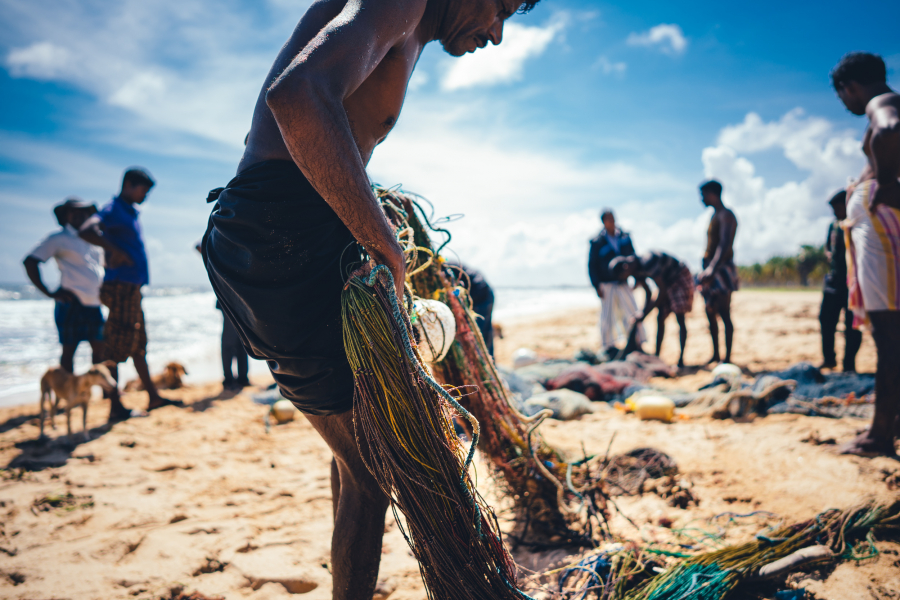

Aragum Bay
Aragum Bay has the most beautiful coastline in Sri Lanka with emerald green waters, white sand and coconut trees lining the beach. Coconuts are a specialty of Sri Lanka, yellow in color, very fragrant and sweet.
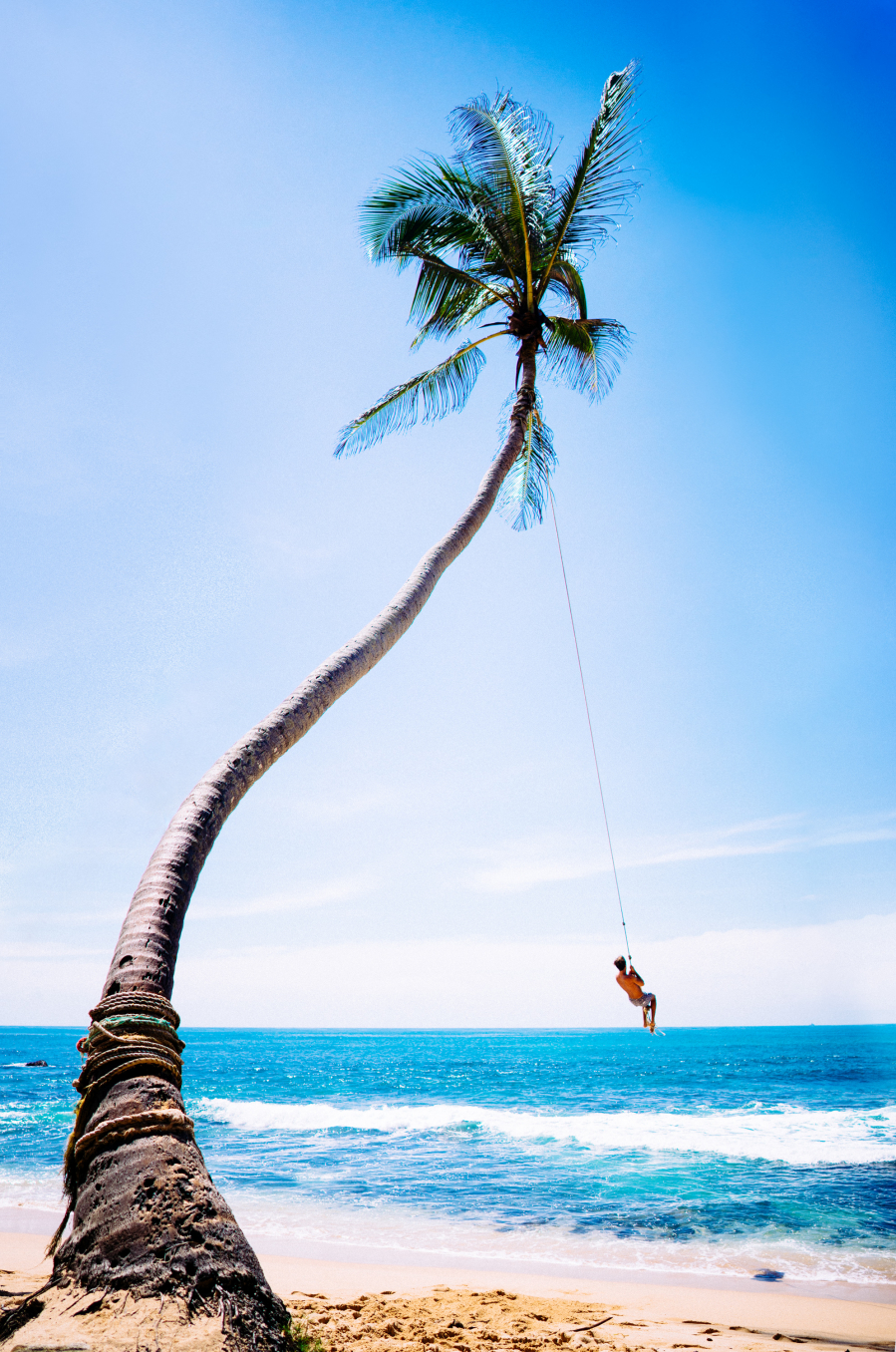

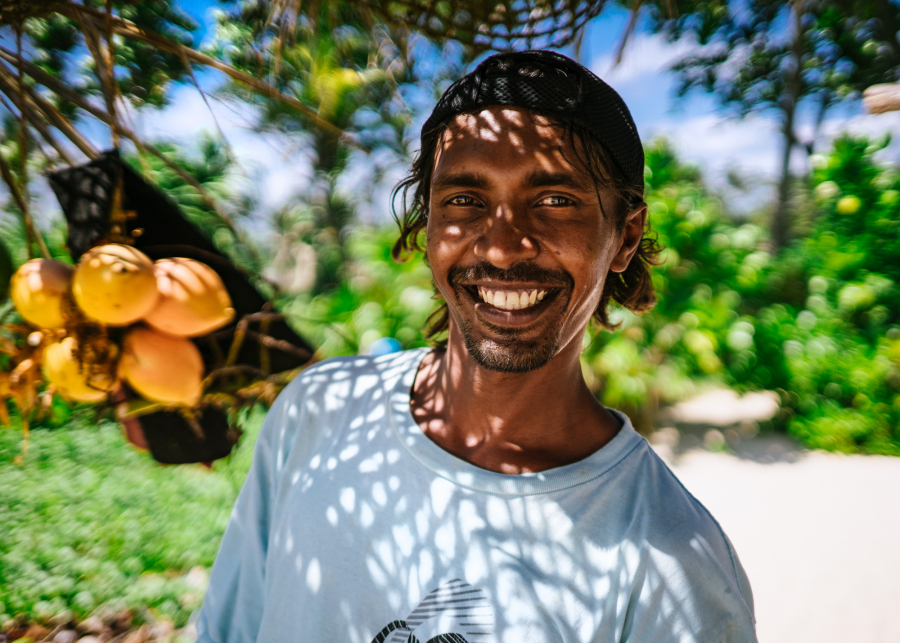

The beaches of Arugam Bay are the most famous and popular tourist attractions in Sri Lanka. With a long, crescent-shaped stretch of fine sand, surrounded by colorful coral reefs, Arugam is considered the best surfing spot in Sri Lanka. If you are not a fan of this sport, the peaceful relaxation and sunrise moments are also worth looking forward to.
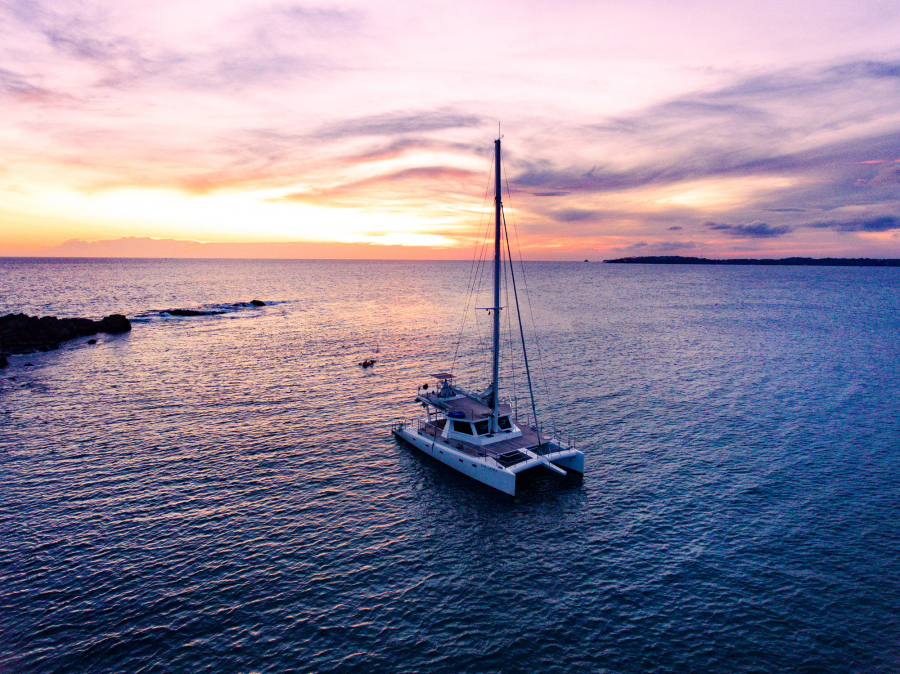
Sunset on Aragum Bay
Explore the deserted island
Peace-loving tourists seek out unspoiled islands, many of which are located at the northern tip of Sri Lanka. The largest is sleepy Neduntivu Island – oddly named by the Dutch – and home to just over 4,000 people.

Sri Lankan fishing boat
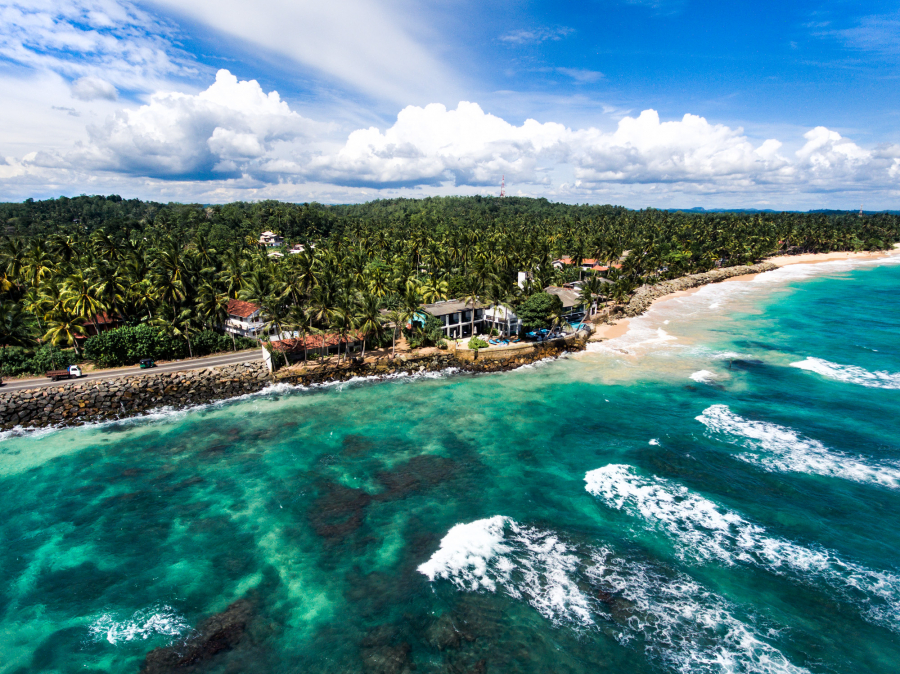
Unawatuna Coast
There are not many hotels and guesthouses on the small islands, but the slow pace of life is worth enjoying and the locals are very friendly. If you have the opportunity to visit Sri Lanka, do not forget to spend time exploring the unspoiled islands here.
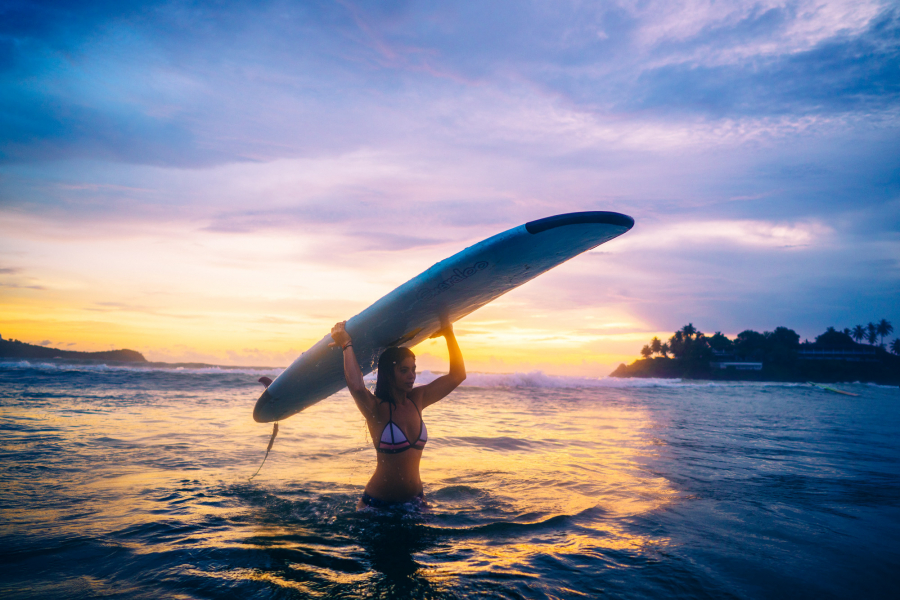
Surfing at Weligama Bay
Enjoy fresh seafood
Sri Lankan cuisine is famous for its fresh, delicious and locally caught seafood. The food in northern Sri Lanka is unlike that in India.
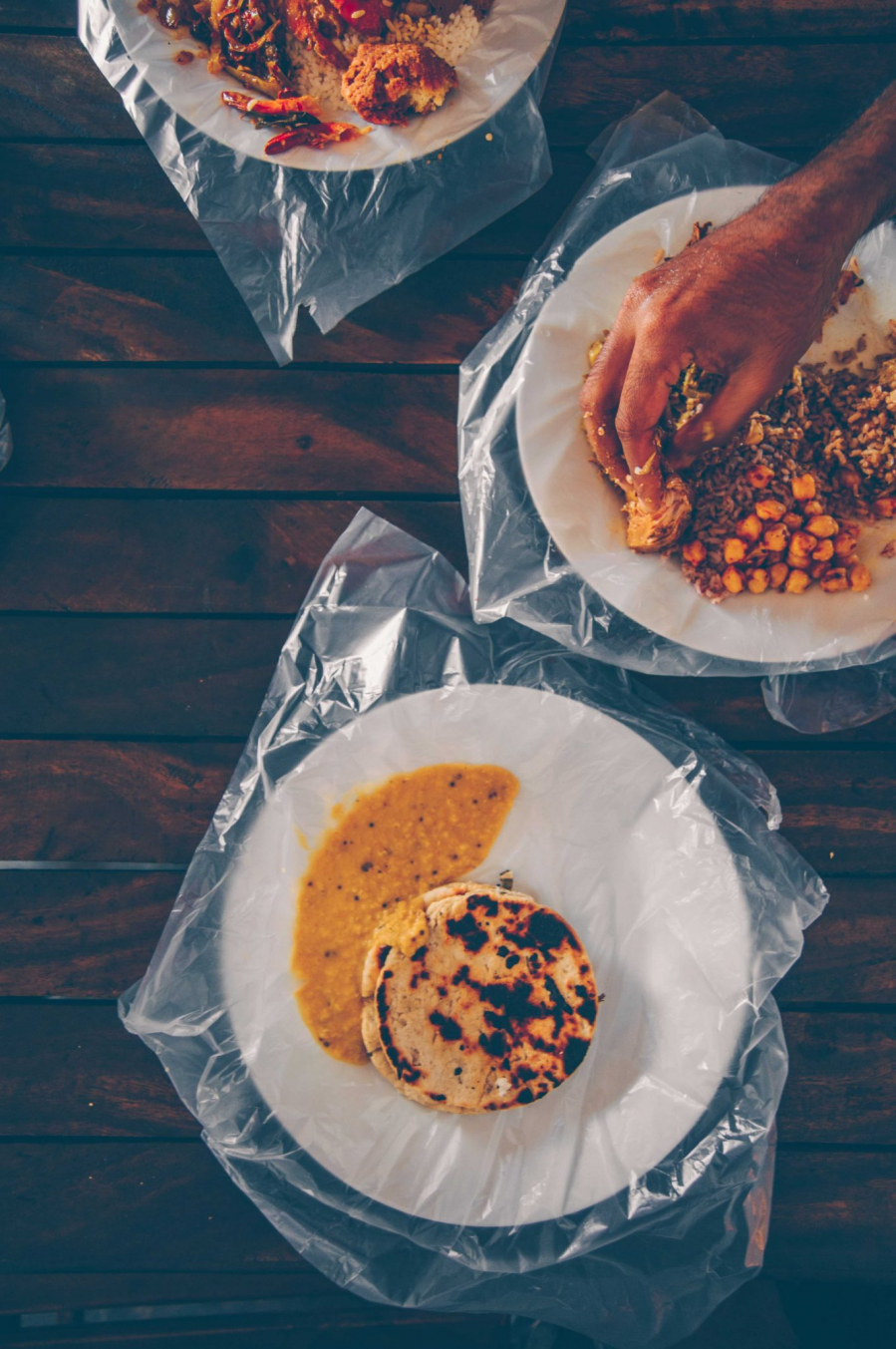

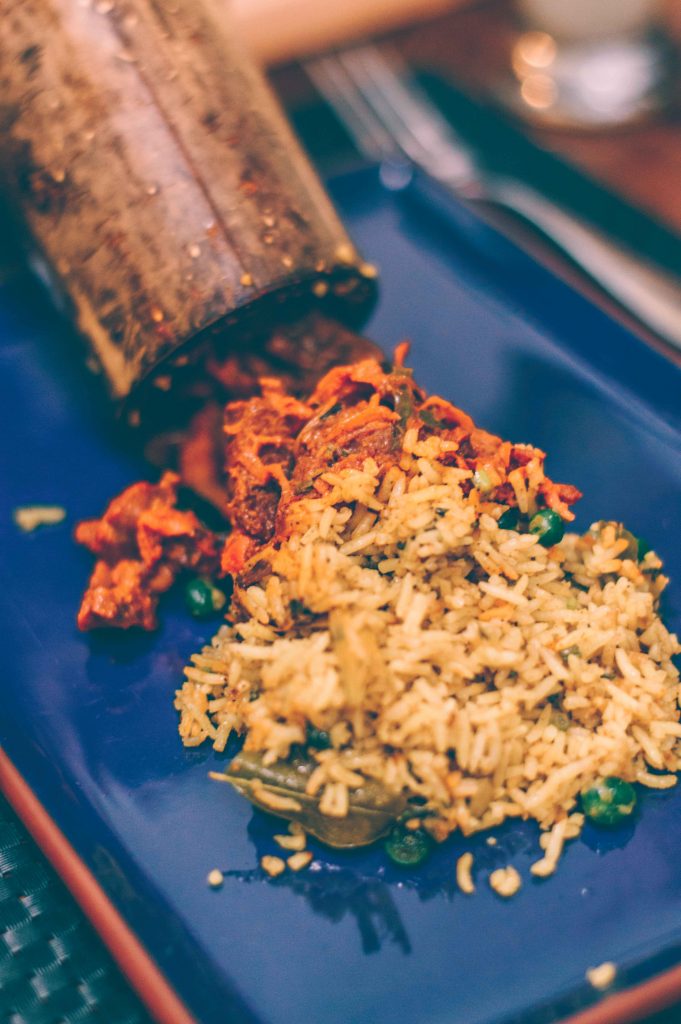
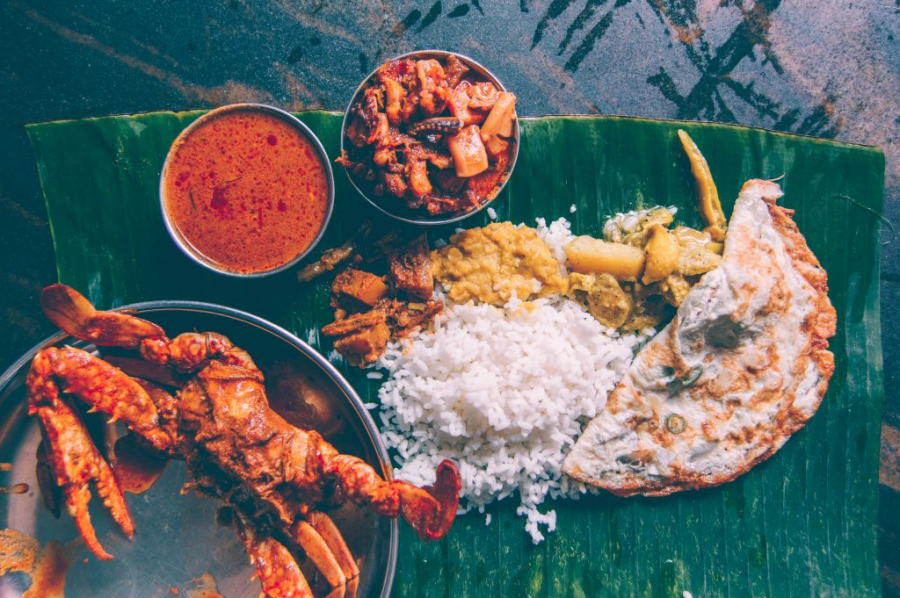
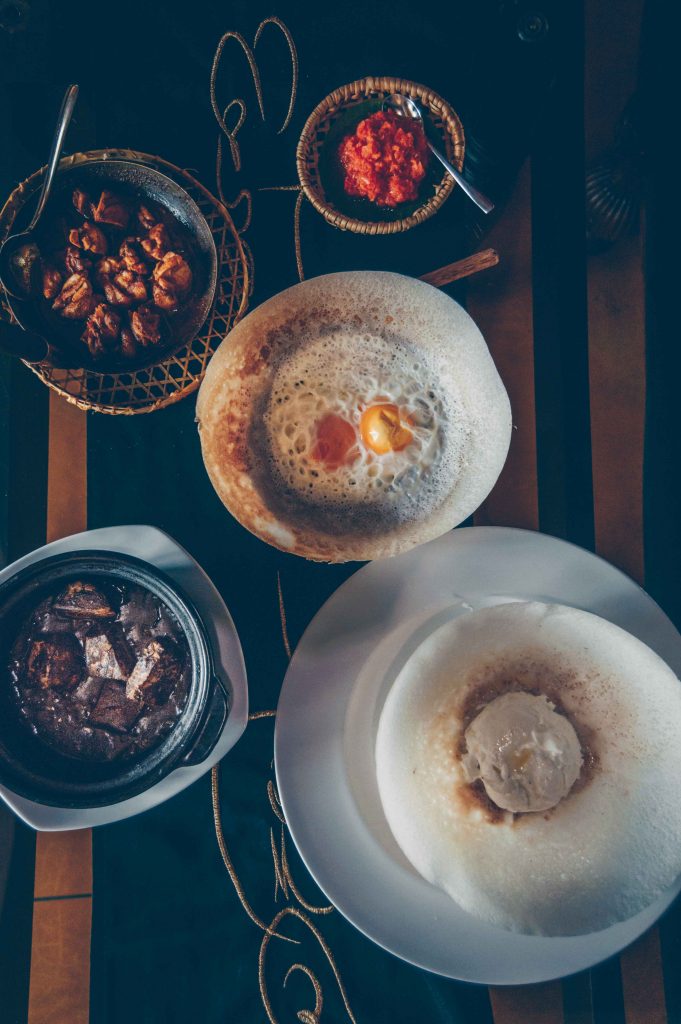
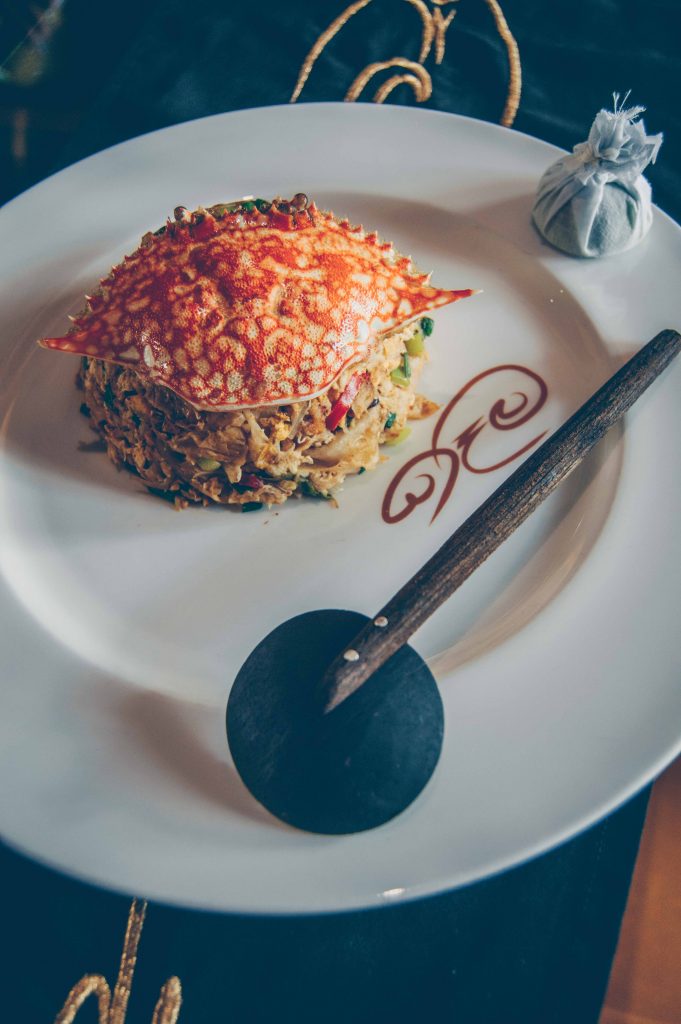
Curry and coconut milk are quite familiar flavors in the dishes here. Sri Lanka's crab curry is considered the best dish in the world and has become the inspiration for many famous chefs.
Watching blue whales in the ocean
The depth of the continental shelf off the southern tip of Sri Lanka is well suited to the blue whale, one of the world's largest creatures.
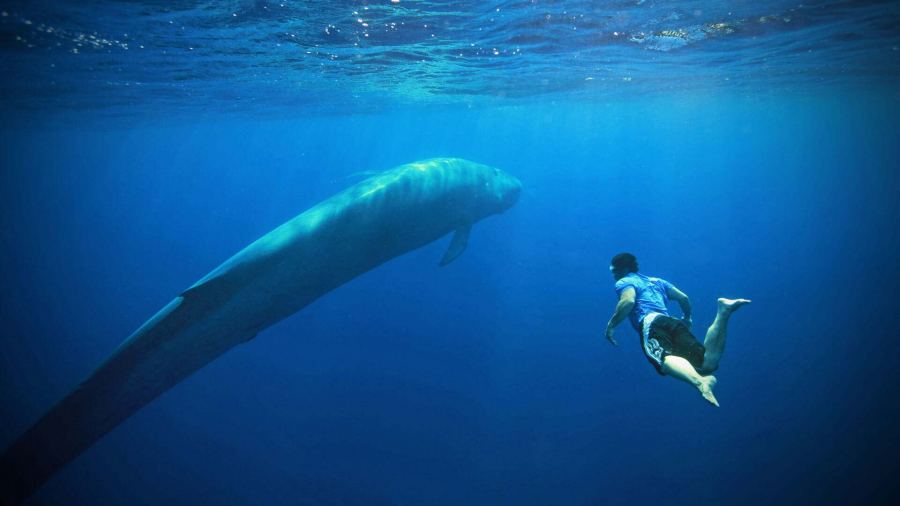


Blue whale in the Gulf of Sri Lanka
The southernmost lighthouse area of Dondra Head is your ideal starting point. The best time to see whales is between January and April. Many tourists love this destination in the island nation of Sri Lanka because it is a place where you can see the giant whales up close and even swim with them.
Explore the sacred city of Kandy
The sacred city of Kandy, nestled in the hills that hug the beautiful shores of Lake Bogambara, just over 100km northeast of Sri Lanka’s capital Colombo, is a UNESCO World Heritage Site and a haven of traditional culture. It was the last capital of the Sinhala kings, with the Dinahala culture thriving for more than 2,500 years before the British arrived in Sri Lanka in 1815.
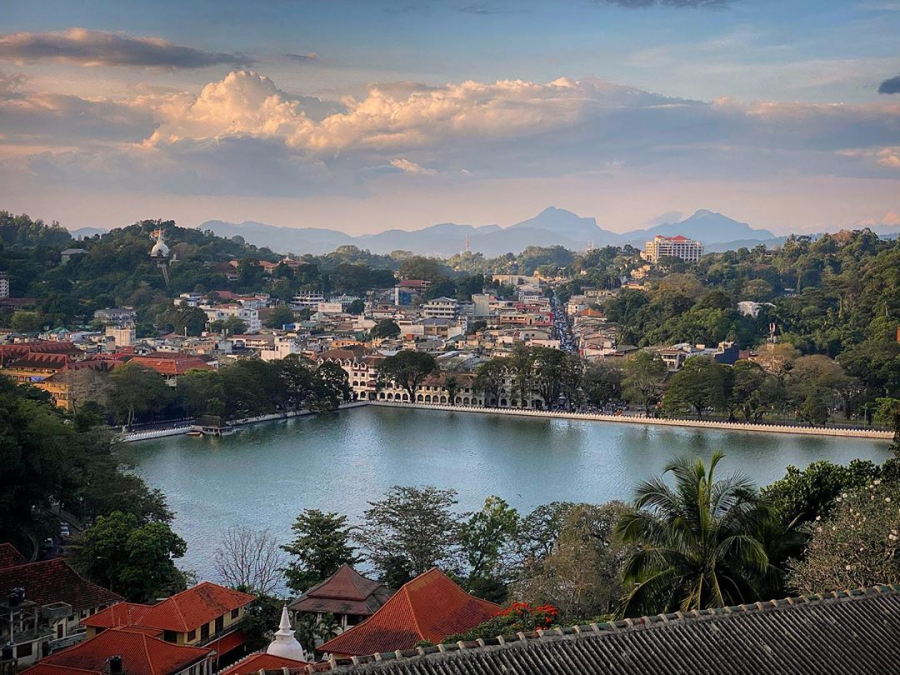
Kandy Lake
Inheriting many great Buddhist cultural heritages, today Kandy remains the most important spiritual city for the people of the country. The green city of Kandy stretches along an artificial lake with many natural landscapes and architectural works from the British colonial period still intact. Among them, there are destinations that have become an indispensable part of Sri Lankan identity such as the Royal Palace, the Royal Botanical Garden of Peradeniya, the Pinnewala Elephant Orphanage...


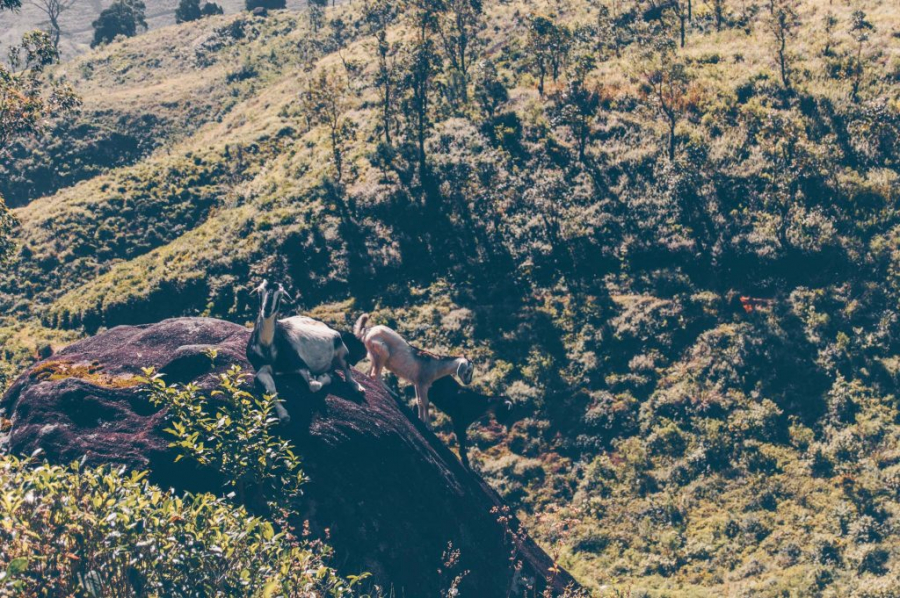
Knee Mountain
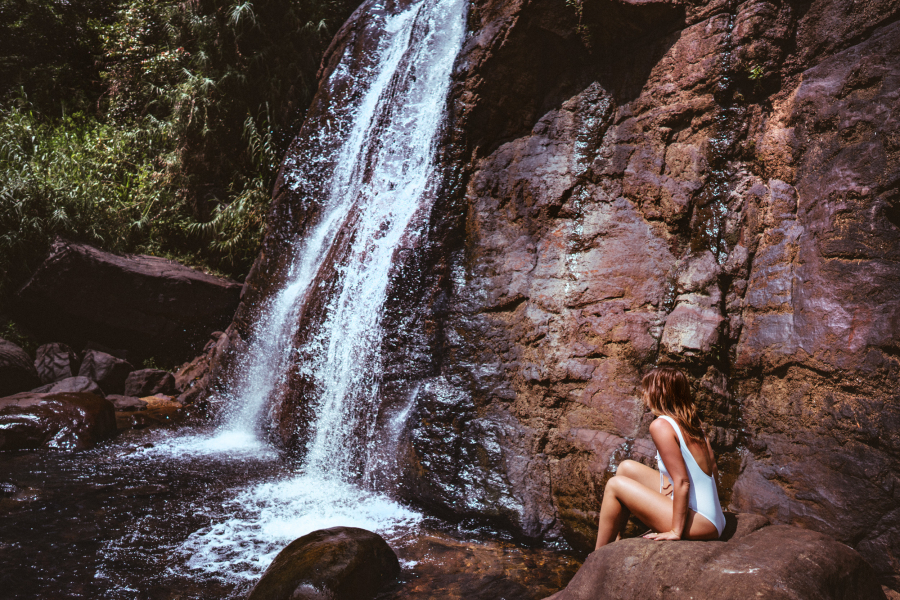
Hunas Falls

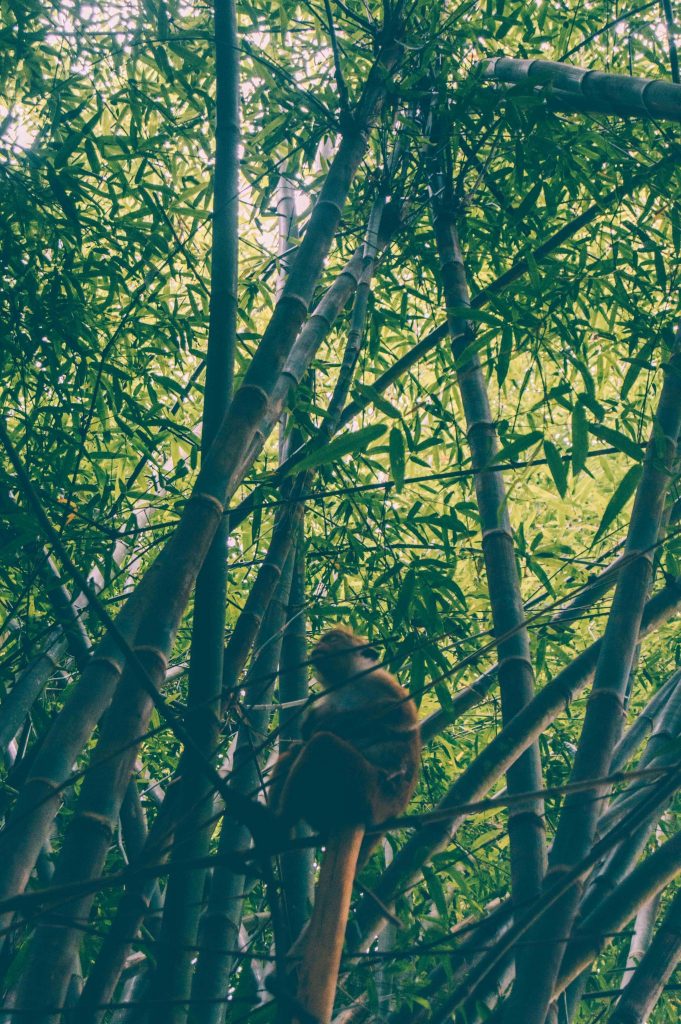

Royal Botanical Garden Peradeniya
The Royal Botanical Garden of Peradeniya was established in 1821, about 4 km from the center of Kandy, is one of the most famous botanical gardens in the world. It is also the largest botanical garden in Sri Lanka and the second largest in Asia. The plants in the garden are all rare varieties of trees, flowers, and grasses, diverse in species and with brilliant beauty. It is estimated that there are more than 4,000 species of tropical and subtropical plants brought from all continents of the world.
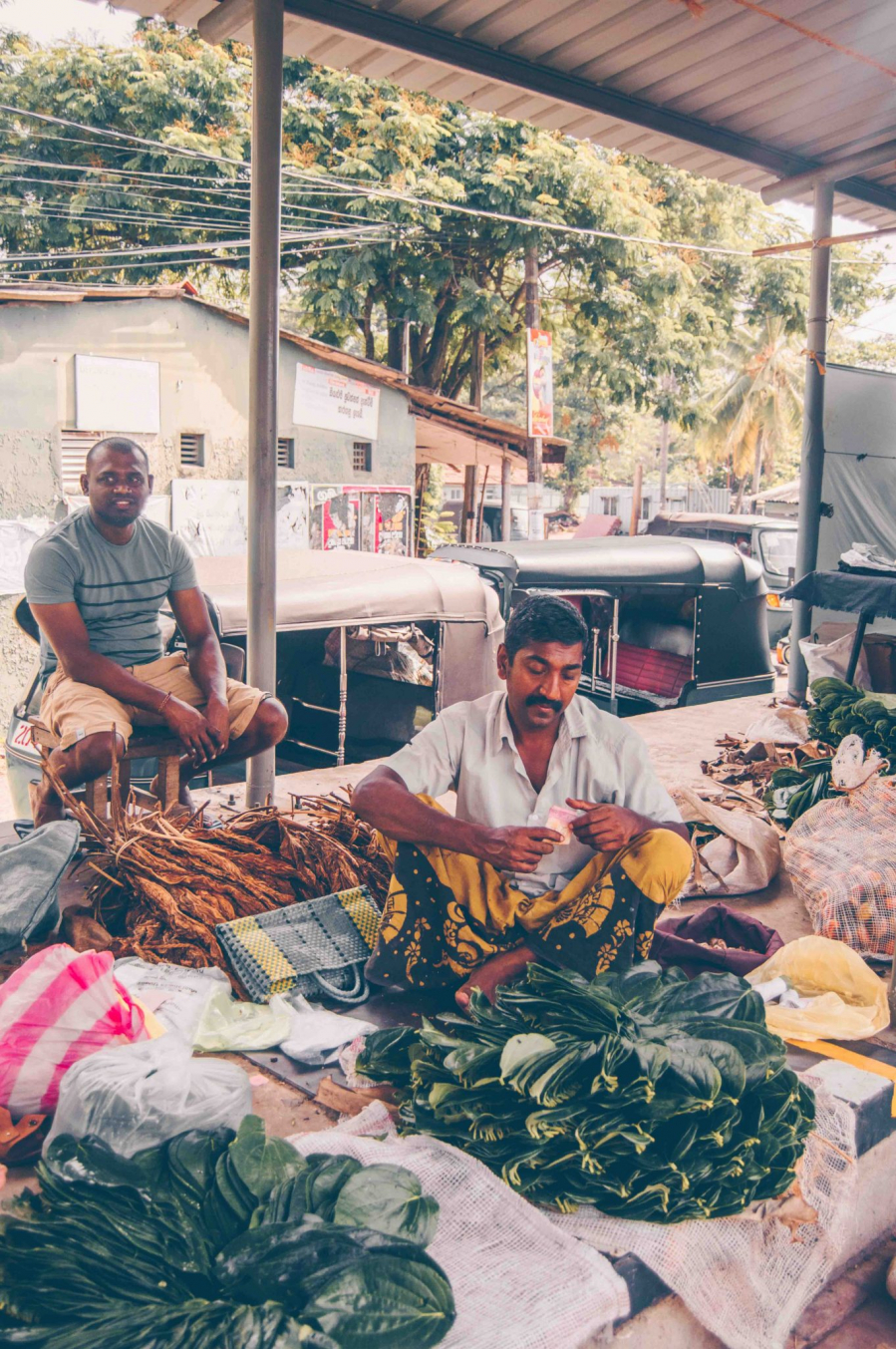

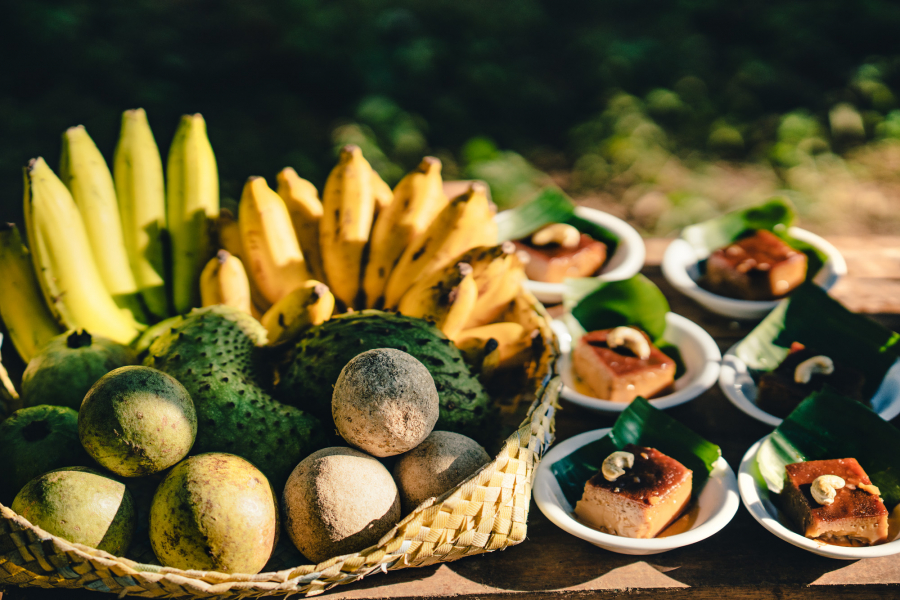
Fruits and specialties in Kandy
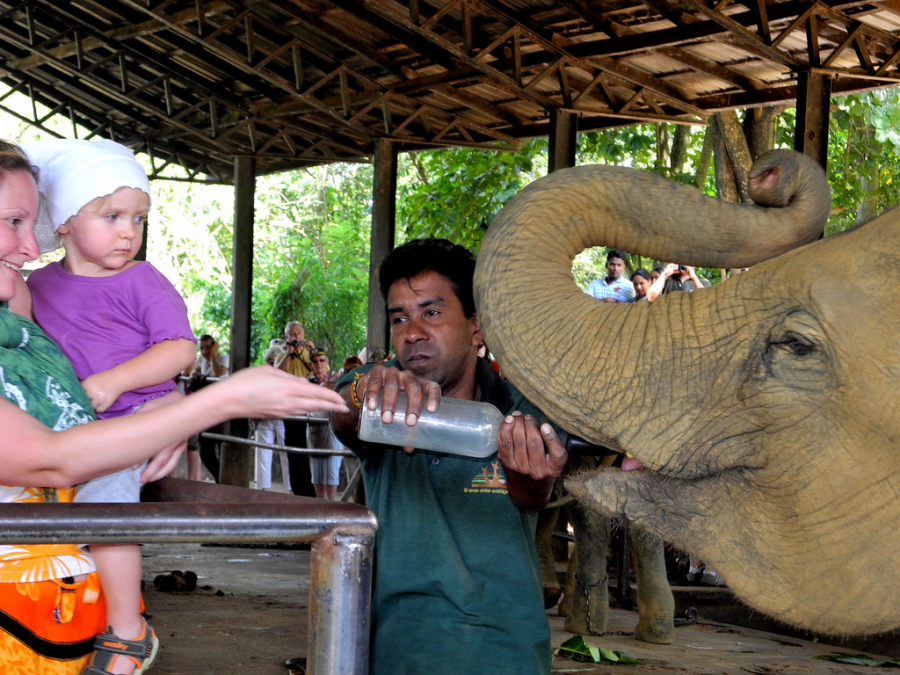
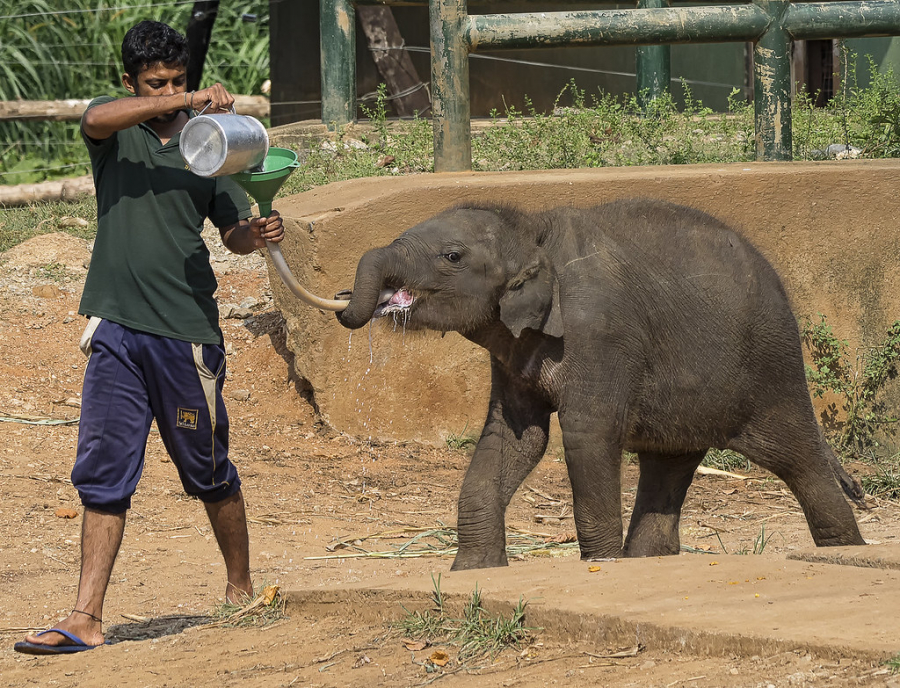
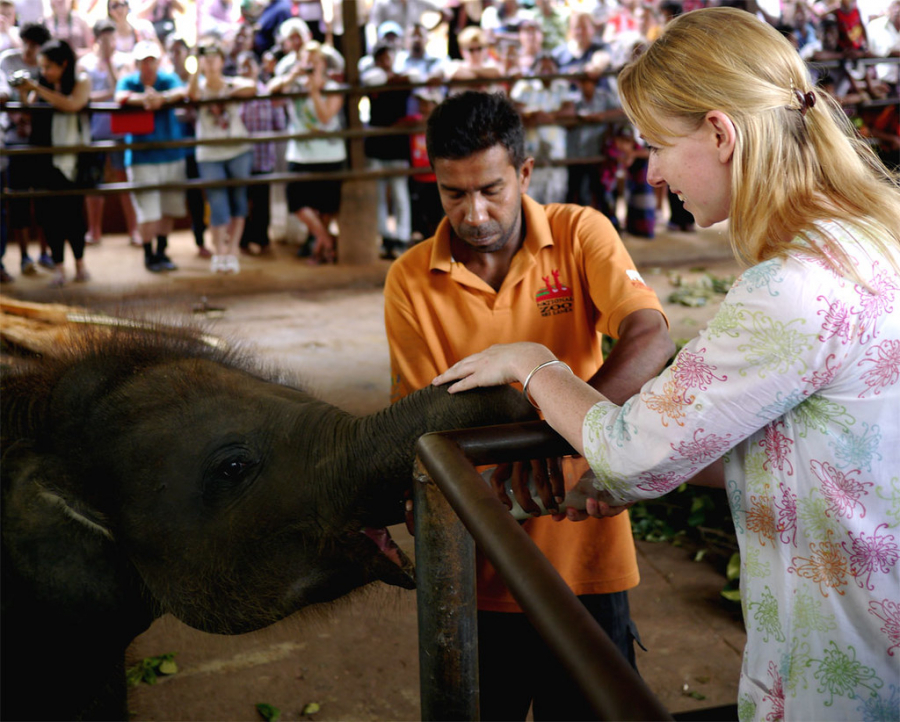
Visitors to Pinnawala Elephant Camp can experience bottle-feeding baby elephants.
The Pinnawala Elephant Orphanage in Pinnawala village is also an interesting place, where it "takes care" of orphaned and injured baby elephants... from the wild, so it is called an "elephant orphanage". However, today, the farm also has elephants that are not orphans, but were born here. This is also the first elephant farm in Sri Lanka established to preserve elephants since 1975. Despite the fierce civil war, Pinnawala still exists and develops its elephant herd to this day. The elephants, after growing up, are all trained and can help people transport wood.
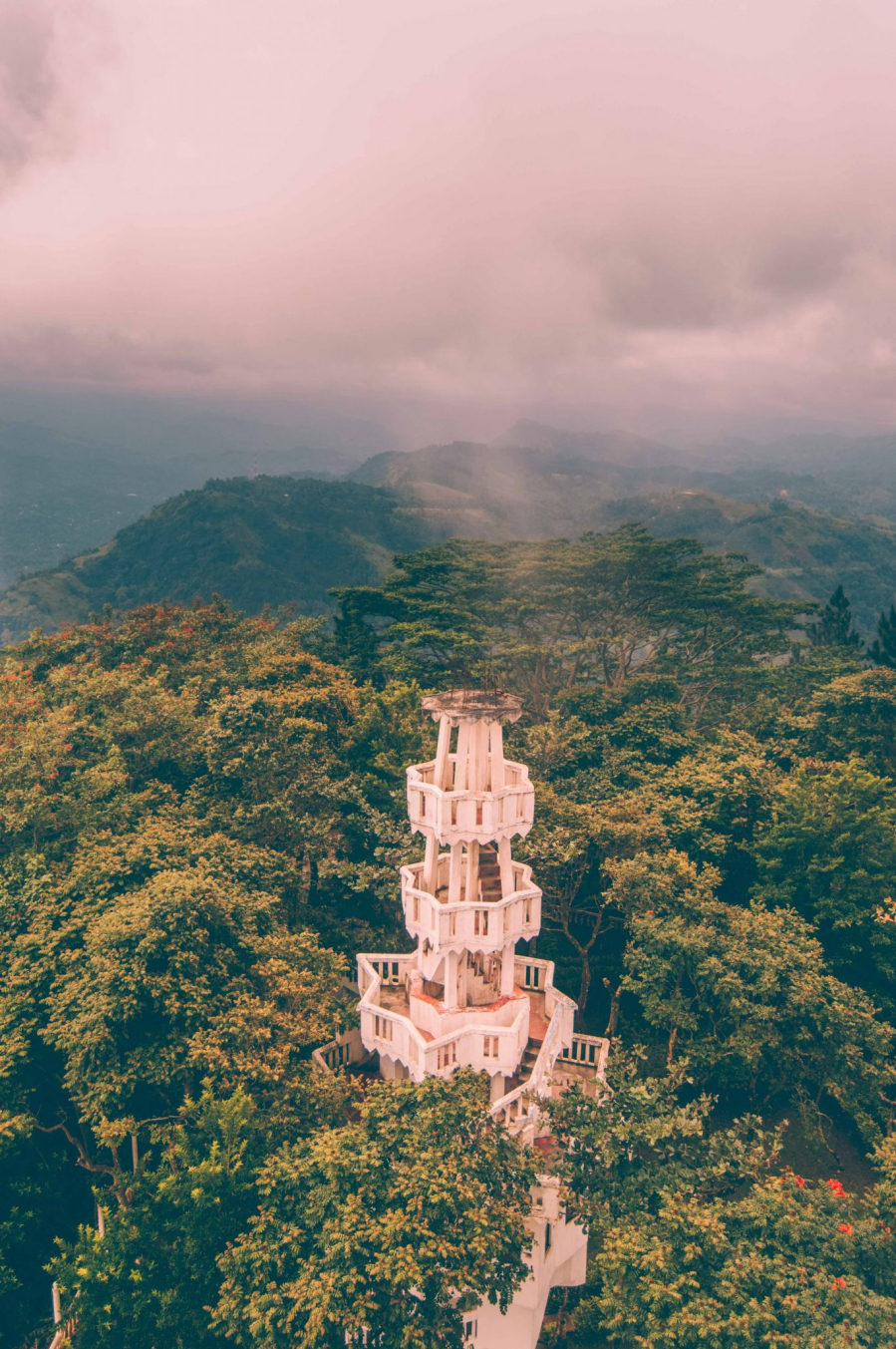
Ambuluwawa Tower

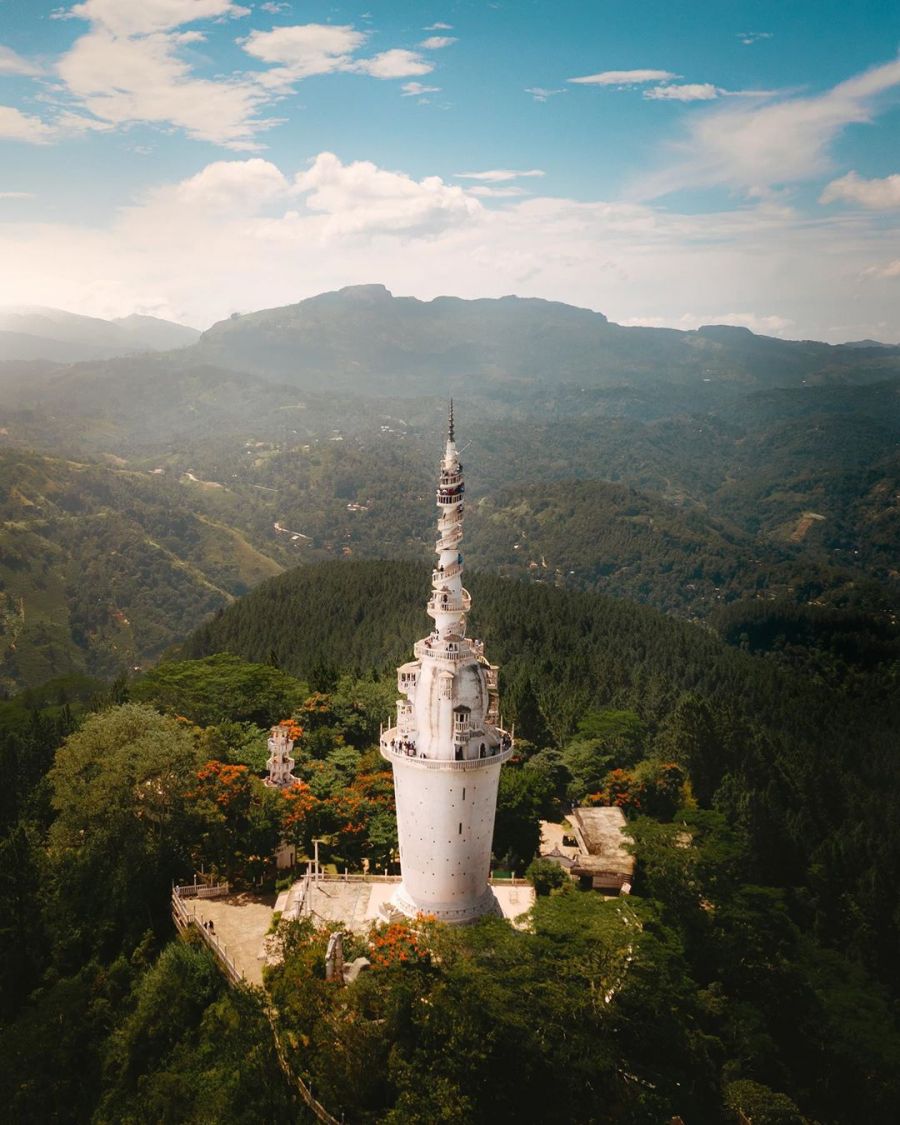

View from the top of Ambuluwawa Tower
The city’s focal point is the Temple of the Tooth, a stunning 16th-century structure that is one of the holiest sites in Buddhism. The chamber housing the Buddha’s tooth is heavily guarded, but is open to visitors.
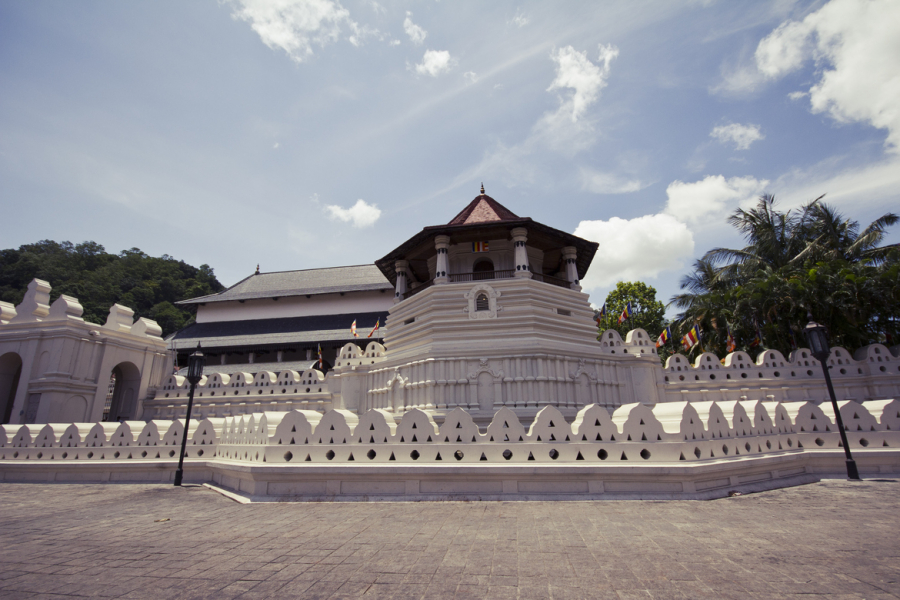
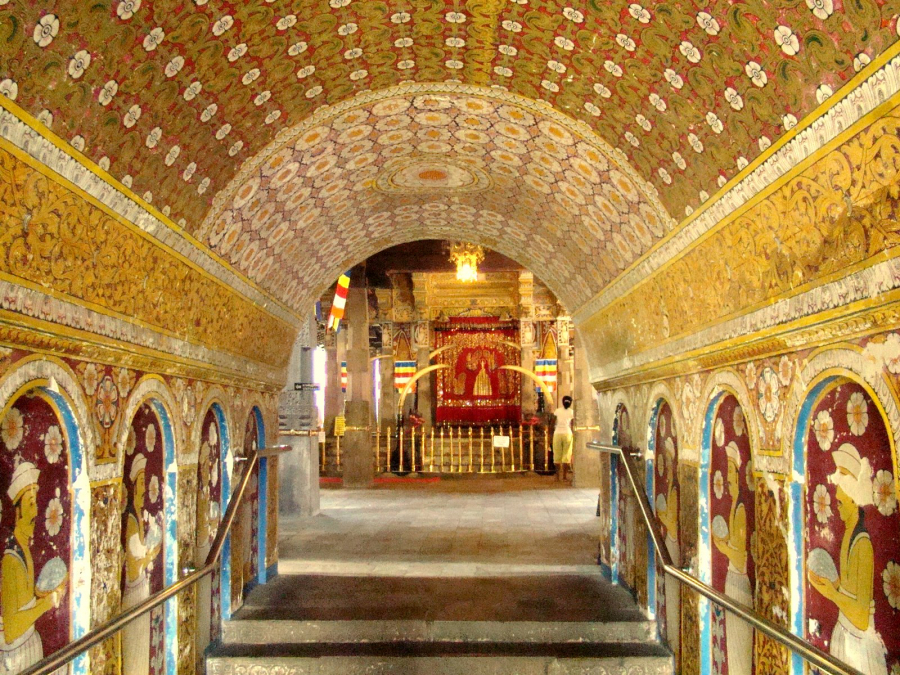
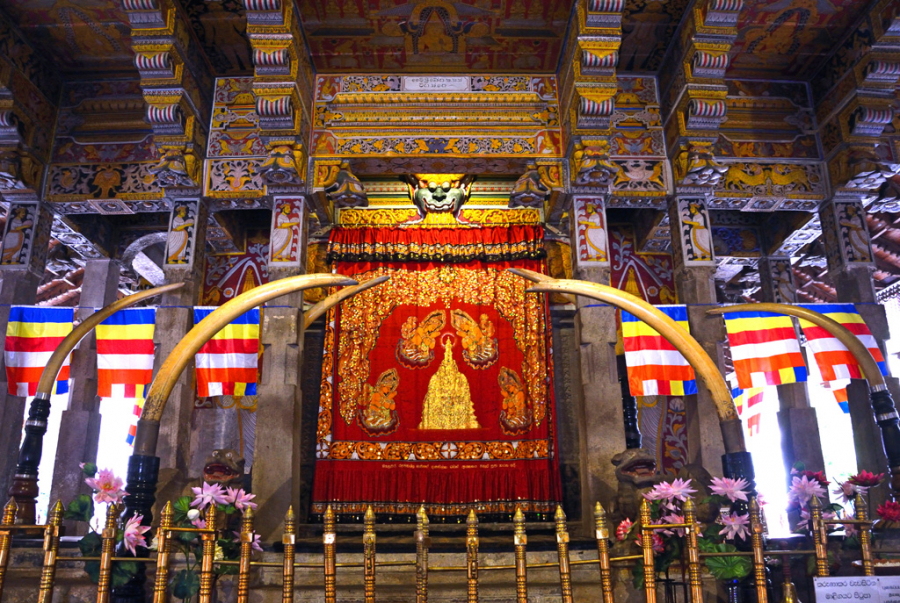
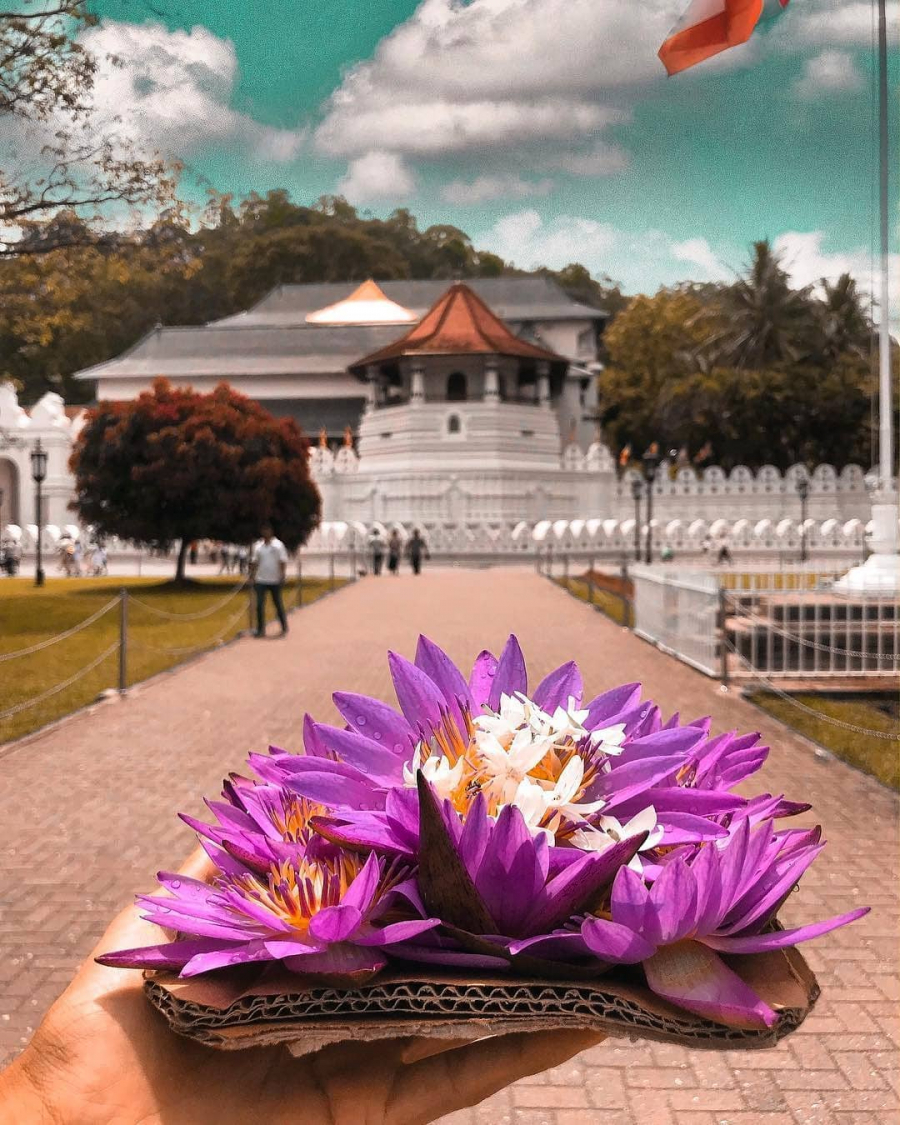

The famous Temple of the Tooth in Kandy city
Every August, the streets come alive for the Kandy Esala Perahera, one of Sri Lanka's most famous religious celebrations. This ten-day event is one of the largest and most lavish Buddhist festivals.



 VI
VI EN
EN


















.jpg.jpg)

.jpg_3.jpg.jpg)




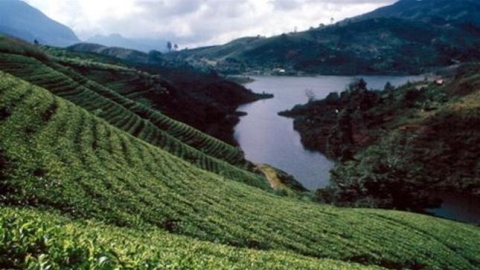
.jpg_3.jpg.jpg)






